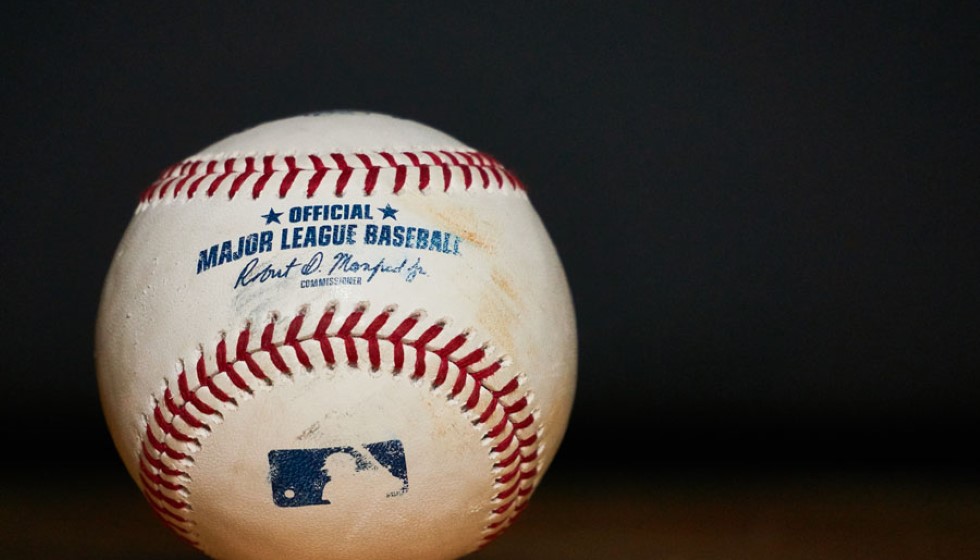
As the Los Angeles Dodgers move to the brink of a World Series triumph with a commanding 3-0 lead, much of the pre-game buzz was centered on a different kind of tension—concerning the condition of Shohei Ohtani's shoulder. Ohtani, one of baseball’s most electrifying talents, has been contending with a shoulder subluxation that has left fans and analysts alike holding their breath about his condition and its impact on his performance.
The Dodgers, aiming to seal another championship, had prepared for this crucial Game 3 with the awareness that Ohtani might not be performing at his notorious peak due to his injury. The sight of Ohtani wearing a brace during pre-game introductions quickly became a focal point. Team trainers recommended this brace to keep Ohtani's shoulder warm and supported, crucial given the magnitude of this stage and the pressure-cooker environment of the World Series.
Conservative Approach at the Plate
Ohtani approached his first plate appearance with a measured strategy, opting for caution by drawing a walk without swinging. His refrained approach seemed to pay off, allowing him to get on base without risking strain. Yet, on the basepaths, Ohtani’s strategy clearly reflected his physical limitations. He took notably shorter leads than usual and refrained from any attempts at stealing bases—a staple of his aggressive style. This tactical adjustment underscores the careful line Ohtani is walking; maintaining presence in the game while safeguarding his health.
Preserving Performance Metrics
Despite physical constraints, Ohtani's bat speed managed to impress, remaining above his regular-season average—a testament to his disciplined conditioning and natural talent. However, this didn’t free him completely from challenges posed by the Dodgers' pitching. Ohtani fouled off a series of pitches during one at-bat and ultimately struck out, demonstrating the fine margins between success and failure that this shoulder issue magnifies.
Enduring Resilience in Adversity
In a dramatic turn late in the game, Ohtani faced a pitch that hit him in the ninth inning. In this high-stress moment, he chose not to slide—a decision that aligned with his conscious effort to protect his shoulder. "The reason why I was holding on to myself when I was running is to make sure that I wouldn't use that same shoulder arm if I were to slide," Ohtani explained through an interpreter. This anecdote not only highlights his physical cautiousness but also his mental acuity on the field—key to his ongoing participation in the series amid adversity.
Encouragingly, Ohtani’s performance seems not to be impacted by the brief scare. His right shoulder, essential for his hitting mechanics, remained unaffected by the incident. "If it was more of the right shoulder, then I think it would have impacted my swing. Thankfully, it was my left, so I don't think it really did," he noted, again through an interpreter. These statements have likely provided some relief to his fans and his team, eager to have his full contributions for as long as possible in this pressure-packed series.
A Measured Yet Unyielding Effort
Dodgers’ manager Dave Roberts’s reassurance that Ohtani had passed all necessary strength tests before being cleared to play further underscored a behind-the-scenes confidence in Ohtani’s readiness. Roberts’s insight into the situation suggests rigorous evaluations and a responsible decision-making framework emphasizing player health, even in this crucible of competition.
As the World Series unfolds, Ohtani’s road may appear cautious, yet it is undeniably courageous. His on-field decisions, dictated by a blend of medical advice and personal judgment, create a narrative both of physical resilience and strategic wisdom. Ohtani’s adjustments not only serve to protect his shoulder but demonstrate an athlete's adaptability in the face of adversity—a skill as essential as any swing or sprint when it comes to sustaining a career at the highest level of sport.